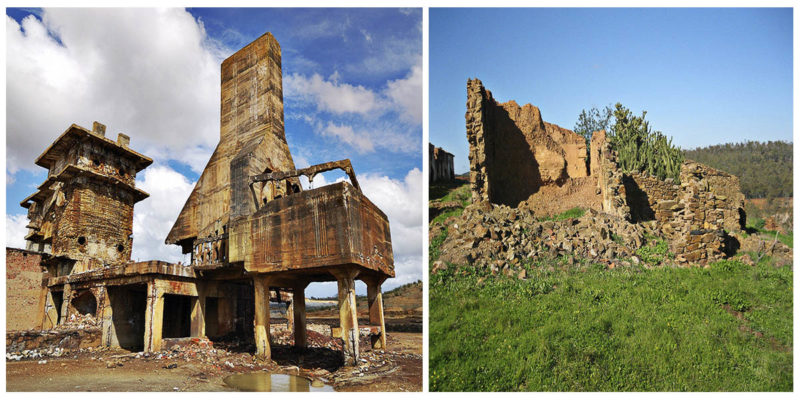The open pit mine in Corte do Pinto, Alentejo, Portugal was once the source of a massive amount of sulfide ore deposits. São Domingos Mine was the place where electrical lighting was first used in the Iberian Pyrite Belt that stretches from southern Portugal all the way to Spain.
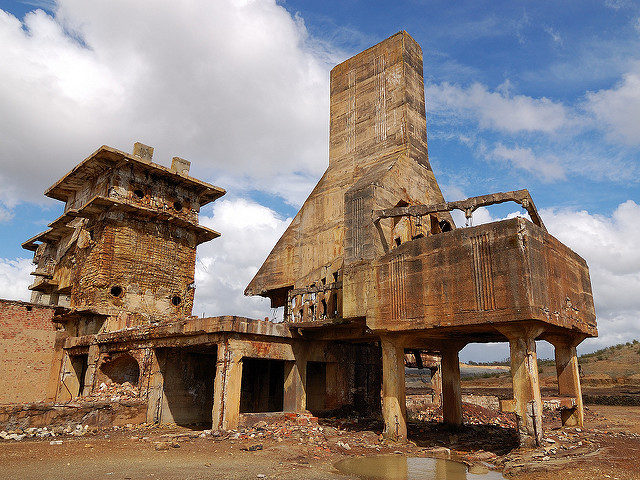
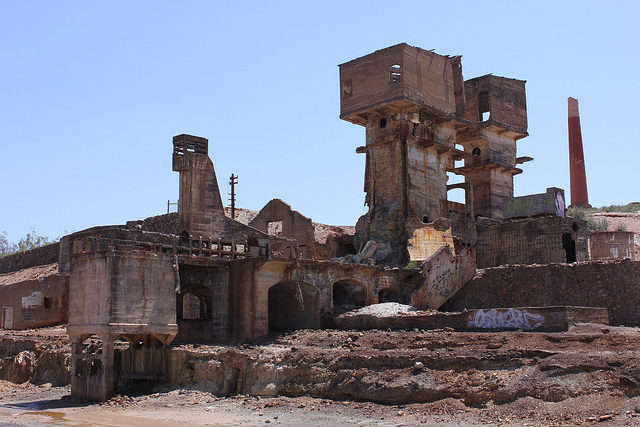
For more than 400 years, the Romans sought to exploit the resources of this mine, but everything was brought to an abrupt halt with the collapse of the Roman Empire.
The mine was left abandoned for 1200 years until a man by the name of Nicolau Biava arrived who staked a claim to the mine in the year 1854.
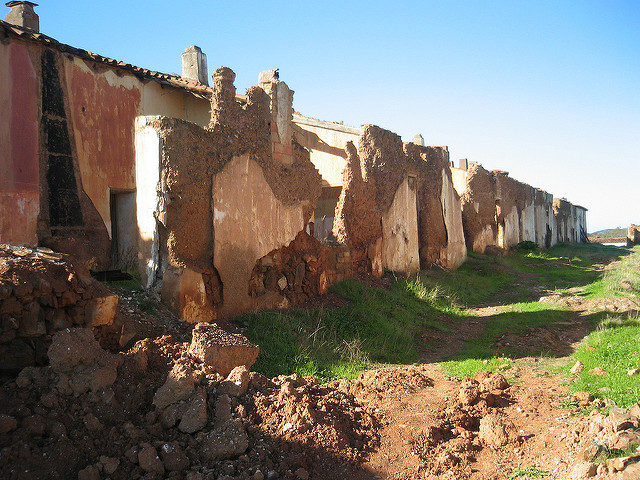
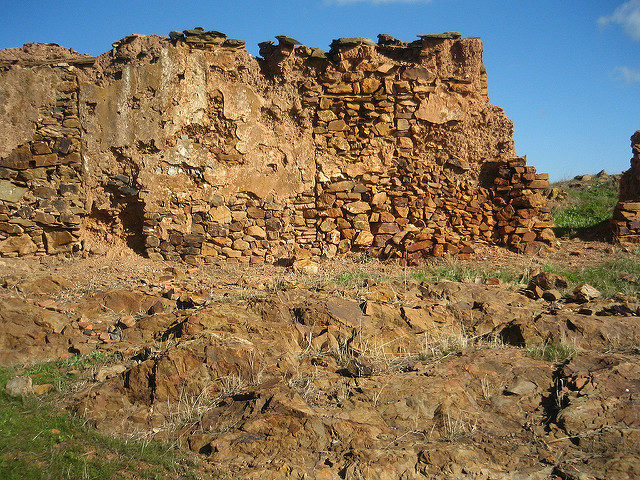
In the year that followed, mining once more became part of the everyday routine of these lands. The international demand for copper grew during the Industrial Revolution.
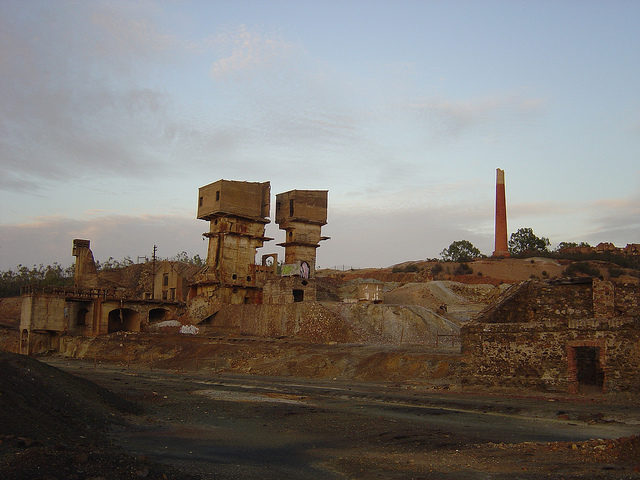
Four years after the mine reopened its operations, Mason and Barry took the mining concession and leased the mine for 50 years. The port of Pomarão, or as the English called it, Pomaron, was constructed on the River Guadiana.
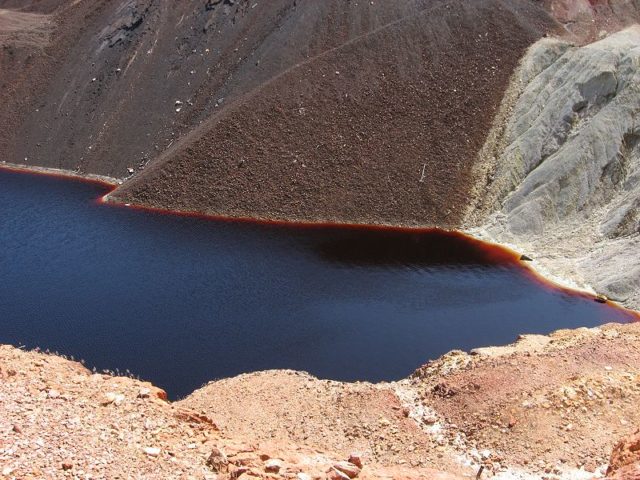
This river served as a natural border with Spain and the port was used for the needs of the ever-expanding mine. Later in 1867, an 18-kilometer railway was built that created a connection between the mine and Pomarão.
From Pomarão, the ore was exported to England by ship. The mine was running efficiently until a flood in 1876 destroyed a substantial part of it. But the miners refused to give up and eventually rebuilt the mine.
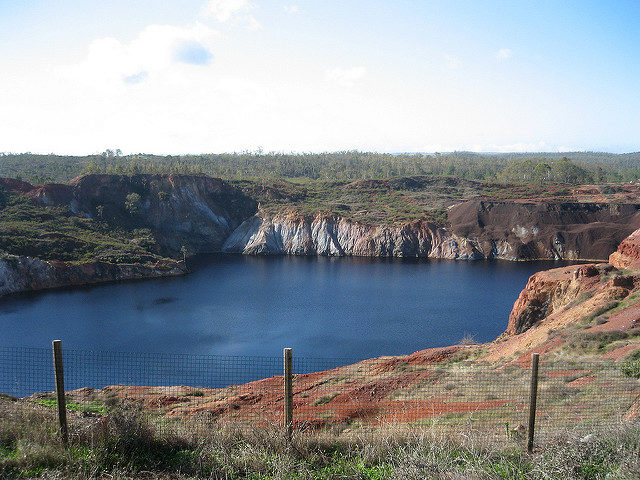
Copper was the main product of the mine but not the only one. Pyrite was also mined as a source of sulfur. More than 250 megatons of raw ore were extracted from the mine before its final closure in 1966.
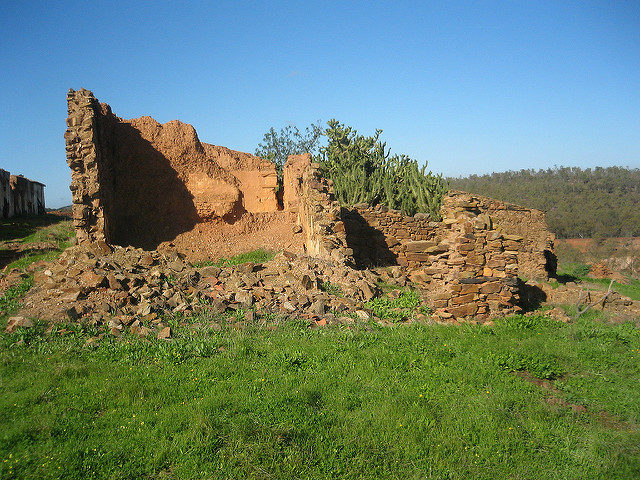
Today, the old mining company headquarters are used as a hotel. Many of the old mining buildings are still standing even though time has taken its toll. In addition, a small museum was built for tourists visiting the facility.

The mine managers and their families were buried in the English cemetery located near the mine. The old railway was completely removed but careful examination can still reveal the scars that railways left on the ground that helped progress the industrial revolution.
